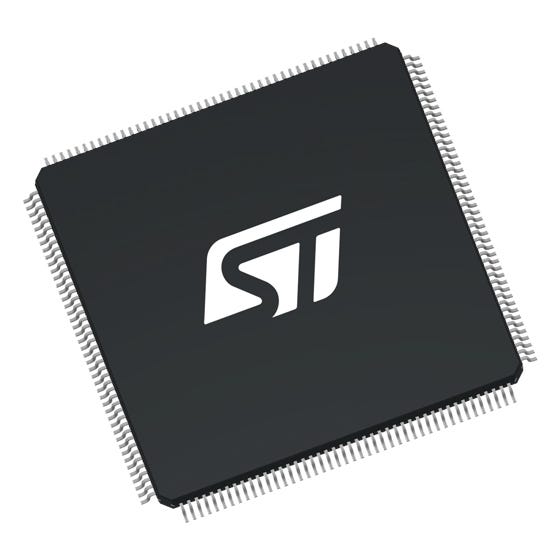📢 $9.99 flat rate shipping in EMEA countries! Ends May 15th - Don't Miss Out!. 🛒 Shop now
Active
SPC564A80L7COBR
32-bit Power Architecture MCU for Automotive Powertrain Applications
| Operating Range | Automotive |
| Supply Voltage Min Volt | 4.5 |
| Supply Voltage Max Volt | 5.5 |
| Operating Temp Min Celsius | -40.0 |
| Operating Temp Max Celsius | 125.0 |
| Core | e200z4d |
| ECCN US | 5A991.b.4.a |
| ECCN EU | NEC |
| Packing Type | Tape And Reel |
| RoHs compliant | Ecopack2 |
| Grade | Automotive |
| Package Name | LQFP 176 24x24x1.4 mm |
The microcontroller’s e200z4 host processor core is built on Power Architecture technology and designed specifically for embedded applications. In addition to the Power Architecture technology, this core supports instructions for digital signal processing (DSP).
|
| Operating Range | Automotive |
| Supply Voltage Min Volt | 4.5 |
| Supply Voltage Max Volt | 5.5 |
| Operating Temp Min Celsius | -40.0 |
| Operating Temp Max Celsius | 125.0 |
| Core | e200z4d |
| ECCN US | 5A991.b.4.a |
| ECCN EU | NEC |
| Packing Type | Tape And Reel |
| RoHs compliant | Ecopack2 |
| Grade | Automotive |
| Package Name | LQFP 176 24x24x1.4 mm |
The microcontroller’s e200z4 host processor core is built on Power Architecture technology and designed specifically for embedded applications. In addition to the Power Architecture technology, this core supports instructions for digital signal processing (DSP).
|



